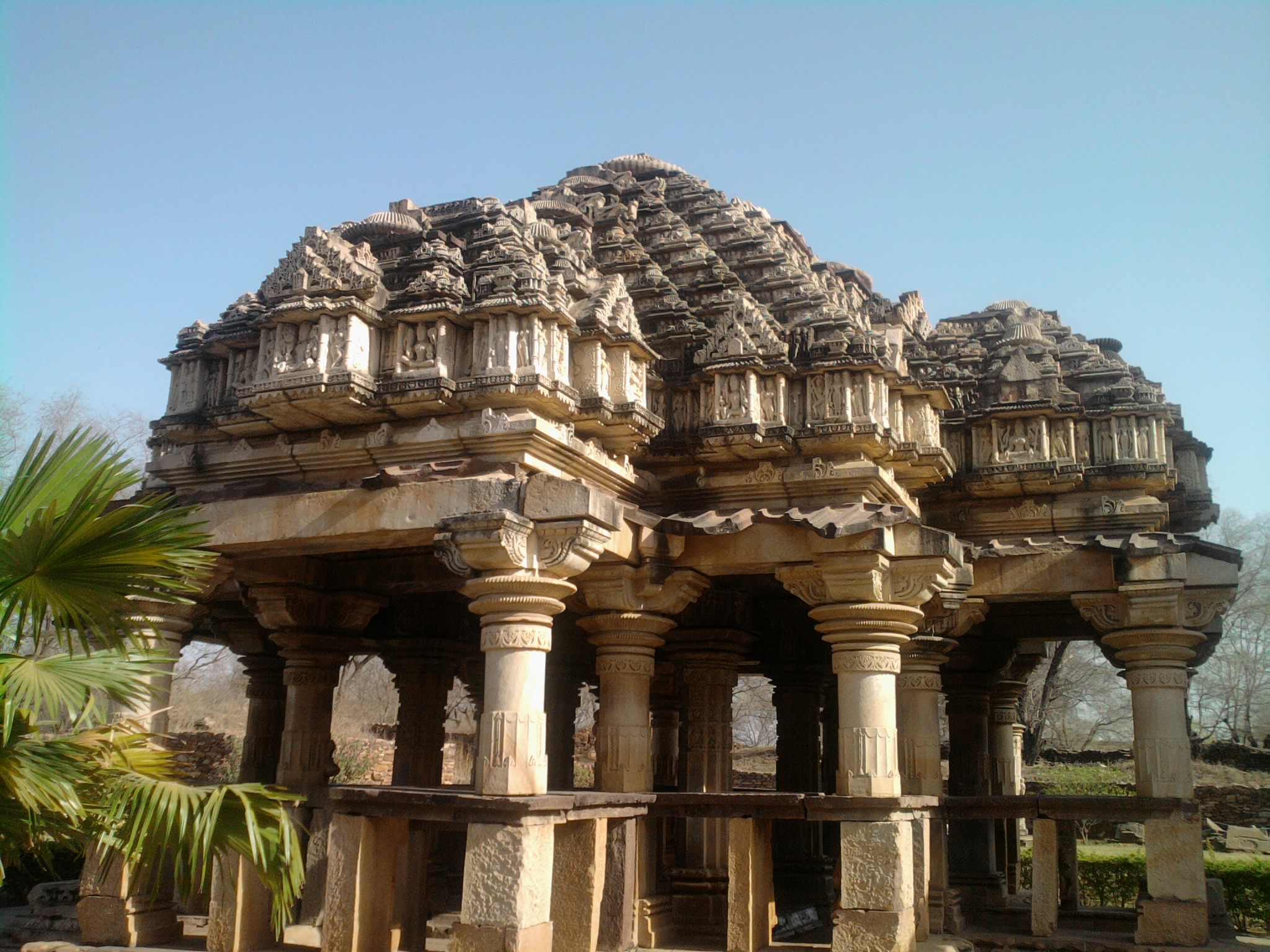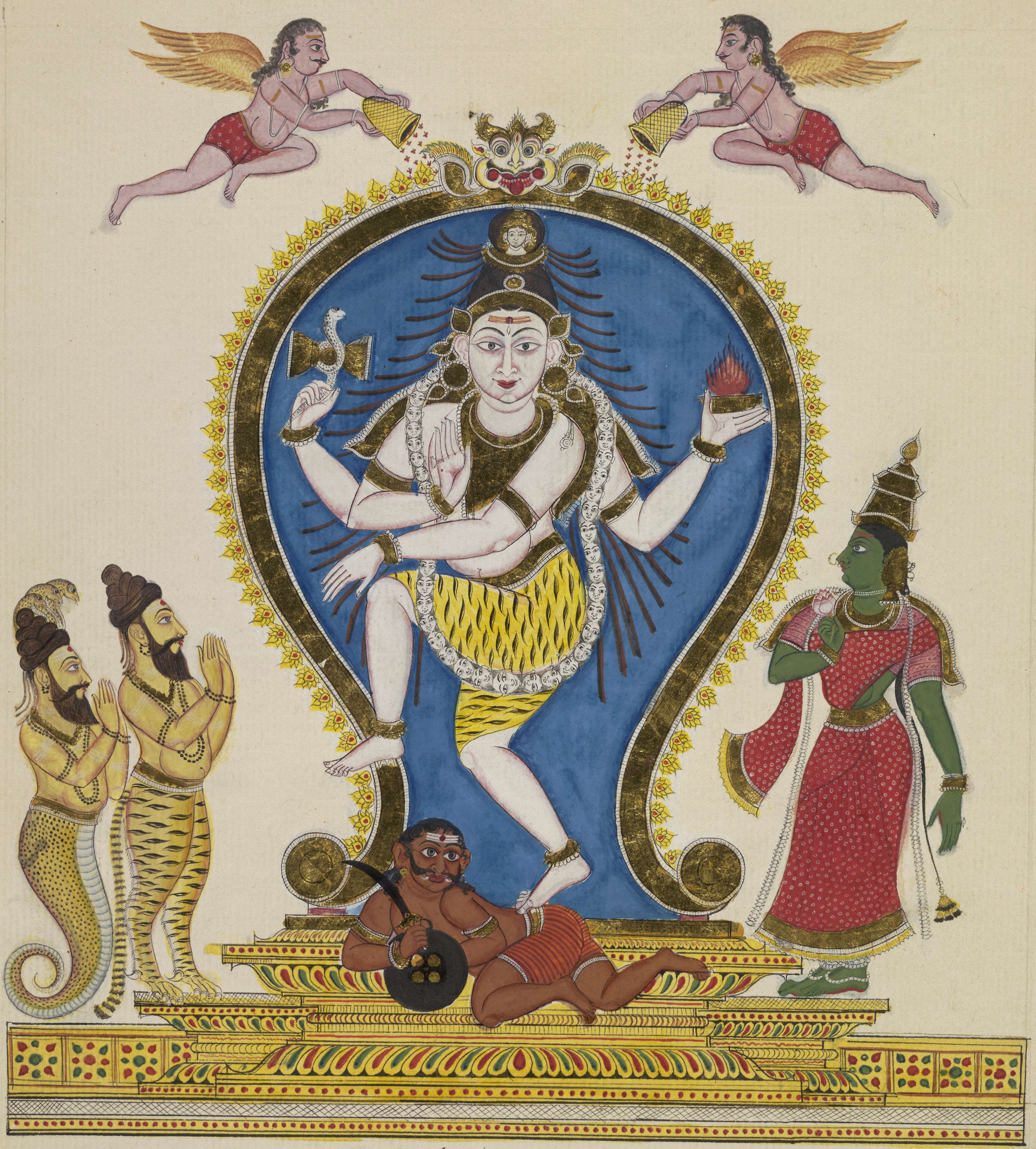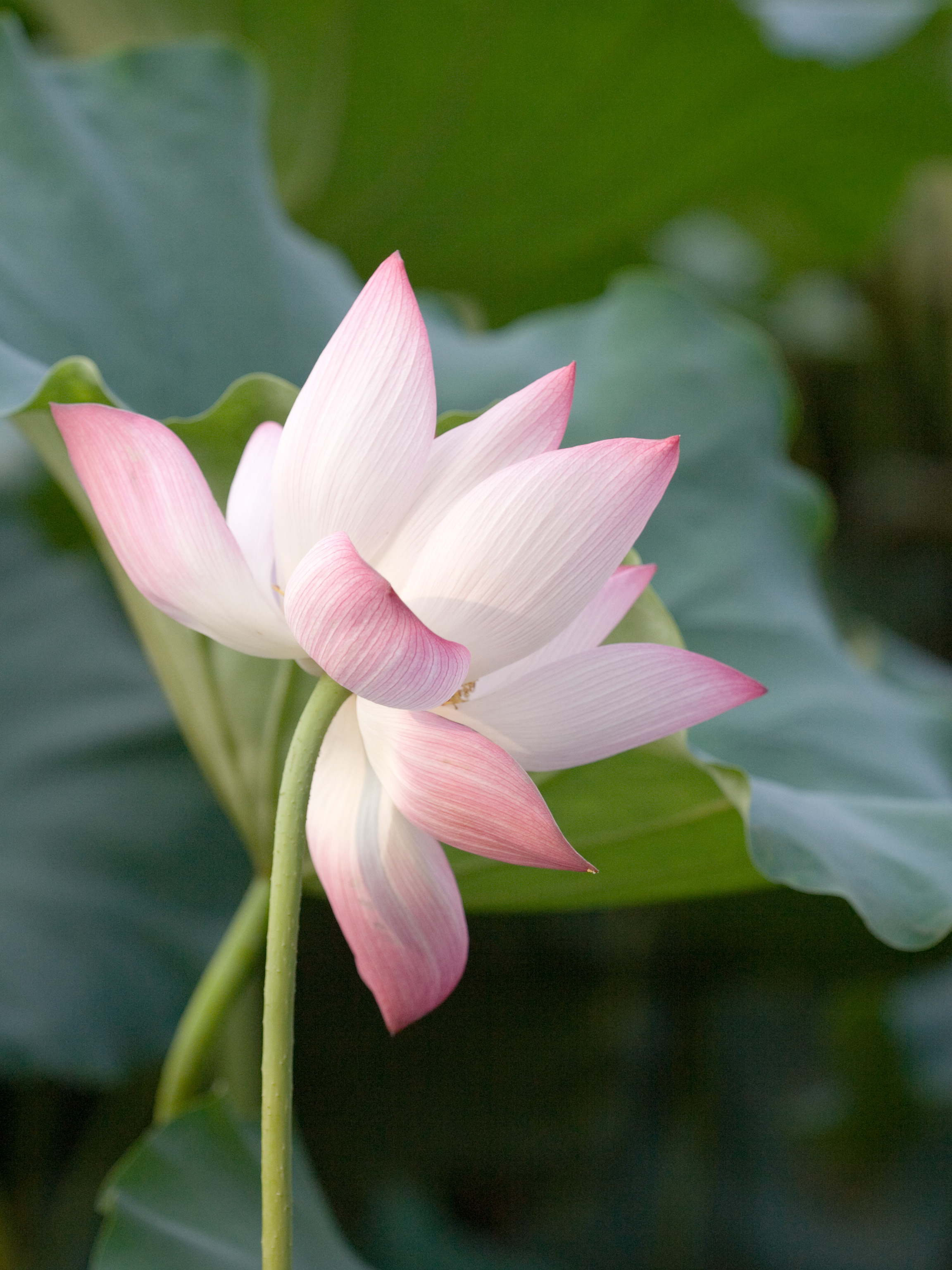|
Baroli Temples
The Baroli Temples Complex, also known as the Badoli temples, is located in Baroli village in Rawatbhata City in Chittorgarh district of Rajasthan, India. The complex of eight temples is situated within a walled enclosure; an additional temple is about away. They are built in the Gurjara-Pratihara dynasty, Gurjara Pratihara style of temple architecture dated to the tenth century CE and today show various degree of preservation, decay and destruction. All nine temples are under the control of the Archaeological Survey of India for conservation and protection. A well known art critic characterised "the creations of Badoli as the most perfect of their age that he had encountered within that part of the country and, in their own peculiar style." Location The Baroli Temples Complex is located in Baroli village in Rawatbhata City in Chittorgarh district in Rajasthan, India. The complex is located close to the rocky bank of the Chambal River, south east of Kota, Rajasthan, Kota, on t ... [...More Info...] [...Related Items...] OR: [Wikipedia] [Google] [Baidu] |
India
India, officially the Republic of India, is a country in South Asia. It is the List of countries and dependencies by area, seventh-largest country by area; the List of countries by population (United Nations), most populous country since 2023; and, since its independence in 1947, the world's most populous democracy. Bounded by the Indian Ocean on the south, the Arabian Sea on the southwest, and the Bay of Bengal on the southeast, it shares land borders with Pakistan to the west; China, Nepal, and Bhutan to the north; and Bangladesh and Myanmar to the east. In the Indian Ocean, India is near Sri Lanka and the Maldives; its Andaman and Nicobar Islands share a maritime border with Thailand, Myanmar, and Indonesia. Modern humans arrived on the Indian subcontinent from Africa no later than 55,000 years ago., "Y-Chromosome and Mt-DNA data support the colonization of South Asia by modern humans originating in Africa. ... Coalescence dates for most non-European populations averag ... [...More Info...] [...Related Items...] OR: [Wikipedia] [Google] [Baidu] |
Nataraja
Nataraja (/ n̪əʈəɾɑd͡ʒᵊ/ ,, ; , ''Naṭarājar'' Telugu: నటరాజు,''Naṭarāju''), also known as Adalvallan (), is a depiction of Shiva, one of the main deities in Hinduism, as the divine cosmic dancer. His dance is called the tandava.''Encyclopædia Britannica'' (2015) The pose and artwork are described in many Hindu texts such as the ''Tevaram'' and '' Thiruvasagam'' in Tamil and the ''Amshumadagama'' and ''Uttarakamika agama'' in Sanskrit and the Grantha texts. The dance ''murti'' is featured in all major Hindu temples of Shaivism, and is a well-known sculptural symbol in India and popularly used as a symbol of Indian culture, as one of the finest illustrations of Hindu art. This form is also referred to as Kuththan (), Sabesan (), and Ambalavanan () in various Tamil texts. The sculpture is symbolic of Shiva as the lord of dance and dramatic arts, with its style and proportions made according to Hindu texts on arts. Tamil devotional texts such as ... [...More Info...] [...Related Items...] OR: [Wikipedia] [Google] [Baidu] |
Pilasters
In architecture, a pilaster is both a load-bearing section of thickened wall or column integrated into a wall, and a purely decorative element in classical architecture which gives the appearance of a supporting column and articulates an extent of wall. As an ornament it consists of a flat surface raised from the main wall surface, usually treated as though it were a column, with a capital at the top, plinth (base) at the bottom, and the various other column elements. In contrast to a Classical pilaster, an engaged column or buttress can support the structure of a wall and roof above. In human anatomy, a pilaster is a ridge that extends vertically across the femur, which is unique to modern humans. Its structural function is unclear. Definition A pilaster is foremost a load-bearing architectural element used widely throughout the world and its history where a structural load is carried by a thickened section of wall or column integrated into a wall. It is also a purel ... [...More Info...] [...Related Items...] OR: [Wikipedia] [Google] [Baidu] |
Shikara
The shikara is a type of wooden boat found on Dal Lake and other water bodies of Srinagar in Jammu and Kashmir. Shikaras are of various sizes and are used for multiple purposes, including transportation. A usual shikara seats six people, with the driver paddling at the rear. Like the Venetian gondolas, they are a cultural symbol of Kashmir. Some shikaras are still used for fishing, harvesting aquatic vegetation (usually for fodder), and transport, while most are covered with tarpaulins and are used by tourists. A Shikara ride in Dal Lake is a great way to experience the beauty of Dal Lake and get a glimpse into the life of the locals. Some are used as floating homes. Construction The craft relies on deodar wood (which does not decompose in water) ranges from 25 to 41 feet in length. The pointed front end is followed by a central section made of 8 planks of wood and the boat eventually ends in a flat rear segment. Two planks of wood lend to each of the side elevations a vert ... [...More Info...] [...Related Items...] OR: [Wikipedia] [Google] [Baidu] |
Nelumbo Nucifera
''Nelumbo nucifera'', also known as the pink lotus, sacred lotus, Indian lotus, or simply lotus, is one of two extant taxon, extant species of aquatic plant in the Family (biology), family Nelumbonaceae. It is sometimes colloquially called a water lily, though this more often refers to members of the family Nymphaeaceae. The lotus belongs in the order Proteales. Lotus plants are adapted to grow in the flood plains of slow-moving rivers and delta areas. Stands of lotus drop hundreds of thousands of seeds every year to the bottom of the pond. While some sprout immediately and most are eaten by wildlife, the remaining seeds can remain dormant for an extensive period of time as the pond silts in and dries out. During flood conditions, sediments containing these seeds are broken open, and the dormant seeds rehydrate and begin a new lotus colony. It is cultivated in nutrient-rich, loamy, and often flooded soils, requiring warm temperatures and specific planting depths, with propagat ... [...More Info...] [...Related Items...] OR: [Wikipedia] [Google] [Baidu] |
Linga
A lingam ( , lit. "sign, symbol or mark"), sometimes referred to as linga or Shiva linga, is an abstract or aniconic representation of the Hindu god Shiva in Shaivism. The word ''lingam'' is found in the Upanishads and epic literature, where it means a "mark, sign, emblem, characteristic", the "evidence, proof, symptom" of Shiva and Shiva's power. The lingam of the Shaivism tradition is a short cylindrical pillar-like symbol of Shiva, made of stone, metal, gem, wood, clay or precious stones. It is often represented within a disc-shaped platform, the '' yoni'' – its feminine counterpart, consisting of a flat element, horizontal compared to the vertical lingam, and designed to allow liquid offerings to drain away for collection. The ''lingam'' is an emblem of generative and destructive power. While rooted in representations of the male sexual organ, the ''lingam'' is regarded as the "outward symbol" of the "formless reality", the symbolization of merging of the 'primordial ... [...More Info...] [...Related Items...] OR: [Wikipedia] [Google] [Baidu] |
Mandapa
A ''mandapa'' or ''mantapa'' () is a pillared hall or pavilion for public rituals in Indian architecture, especially featured in Hindu temple architecture and Jain temple architecture. ''Mandapas'' are described as "open" or "closed" depending on whether they have walls. In temples, one or more ''mandapas'' very often lie between the sanctuary and the temple entrance, on the same axis. In a large temple other ''mandapas'' may be placed to the sides, or detached within the temple compound. Temple architecture In the Hindu temple the ''mandapa'' is a porch-like structure through the (''gopuram'') (ornate gateway) and leading to the temple. It is used for religious dancing and music and is part of the basic temple compound. The prayer hall was generally built in front of the temple's '' sanctum sanctorum'' (''garbhagriha''). A large temple would have many ''mandapa''. If a temple has more than one ''mandapa'', each one is allocated for a different function and given a name ... [...More Info...] [...Related Items...] OR: [Wikipedia] [Google] [Baidu] |
Garbhagriha
A ''garbhagriha'' () is the innermost sanctuary of Hindu and Jain temples, often referred to as the "holy of holies" or " sanctum sanctorum". The term ''garbhagriha'' (literally, "womb chamber") comes from the Sanskrit words ''garbha'' for womb and ''griha'' for house. Although the term is often associated with Hindu temples, it is also found in Jain and Buddhist temples. The garbhagriha is the location of the ''murti'' (sacred image) of the temple's primary deity. This might be a murti of Shiva, as the lingam, his consort the Goddess in her consecrated image or yoni symbol, Vishnu or his spouse, or some other god in symbol or image. In the Rajarani temple in Bhubaneswar, near Puri, there is no symbol in that lightless garbhagriha. Architecture A garbhagriha started with a circular architecture like at Gudimellam temple (3rd century BCE). Later it evolved as a square (though there are exceptions), sits on a plinth, and is also at least approximately a cube. Compared ... [...More Info...] [...Related Items...] OR: [Wikipedia] [Google] [Baidu] |
Ghateshwar Temple
Ghateshwar Temple is a Hindu temple located in Badoli (also spelled Baroli), one of the nine temples near the river Chambal in Rajasthan, India. The Ghateshwar temple is dedicated to the god Shiva and is constructed in the Pratihara style of ''circa.'' It is located in Rawatbhata, which is around 50 km from Kota. The Ghateshwar temple is governed by the Archaeological Survey of India. Architecture Believed to have been built in the tenth century, the massive structure consists of a ''pancharatha'' sanctum, ''antarala'' and ''mukha mandapa'', which rest on six pillars. The entrance is through a ''makara-torana''. There are ''surasundaris'' which are carved on the front pillars of ''mukha mandapa'' in dance postures. See also * Baroli Temples The Baroli Temples Complex, also known as the Badoli temples, is located in Baroli village in Rawatbhata City in Chittorgarh district of Rajasthan, India. The complex of eight temples is situated within a walled enclosure; an ... [...More Info...] [...Related Items...] OR: [Wikipedia] [Google] [Baidu] |
Diadem
A diadem is a Crown (headgear), crown, specifically an ornamental headband worn by monarchs and others as a badge of Monarch, royalty. Overview The word derives from the Ancient Greek, Greek διάδημα ''diádēma'', "band" or "fillet", from διαδέω ''diadéō'', "I bind round", or "I fasten". The term originally referred to the embroidered white silk ribbon, ending in a knot and two fringed strips often draped over the shoulders, that surrounded the head of the monarch, king to denote his authority. Such ribbons were also used to crown victorious athletes in important sports games in antiquity. It was later applied to a metal crown (headgear), crown, generally in a circular or "fillet (clothing), fillet" shape. For example, the crown worn by Queen Juliana of the Netherlands was a diadem, as was that of a baron later (in some countries surmounted by three globes). The ancient Celts were believed to have used a thin, semioval gold plate called a ''mind'' (Old Irish) as a ... [...More Info...] [...Related Items...] OR: [Wikipedia] [Google] [Baidu] |
Ganesha
Ganesha or Ganesh (, , ), also known as Ganapati, Vinayaka and Pillaiyar, is one of the best-known and most worshipped Deva (Hinduism), deities in the Hindu deities, Hindu pantheon and is the Supreme God in the Ganapatya sect. His depictions are found throughout India. Hindu denominations worship him regardless of affiliations. Devotion to Ganesha is widely diffused and extends Ganesha in world religions, to Jains and Buddhists and beyond India. Although Ganesha has many attributes, he is readily identified by his Asiatic Elephant, elephant head and four arms. He is widely revered, more specifically, as the remover of obstacles and bringer of good luck; the patron of The arts, arts and Science, sciences; and the Deva (Hinduism), deva of intellect and wisdom. As the god of beginnings, he is honoured at the start of rites and ceremonies. Ganesha is also invoked during writing sessions as a patron of letters and learning., Vigna means obstacles Nasha means destroy. These ideas ar ... [...More Info...] [...Related Items...] OR: [Wikipedia] [Google] [Baidu] |








